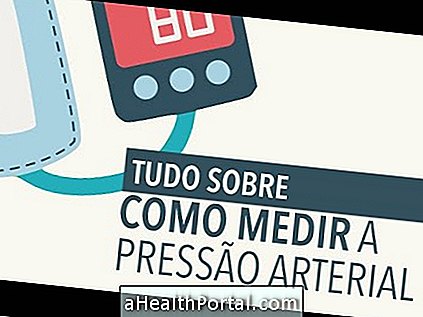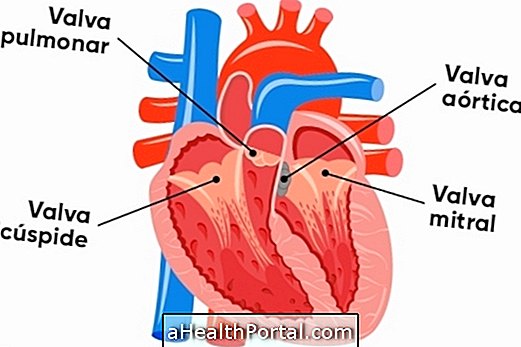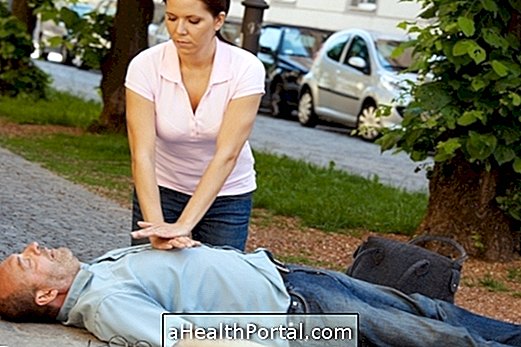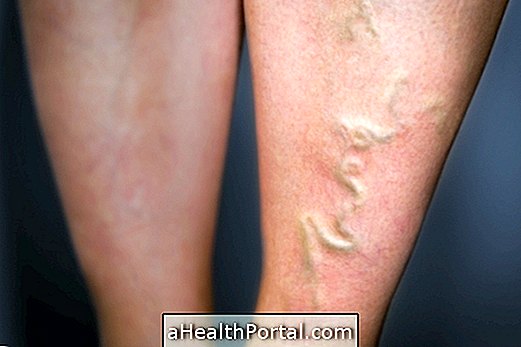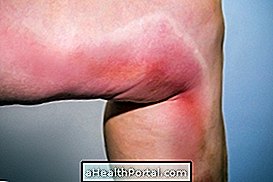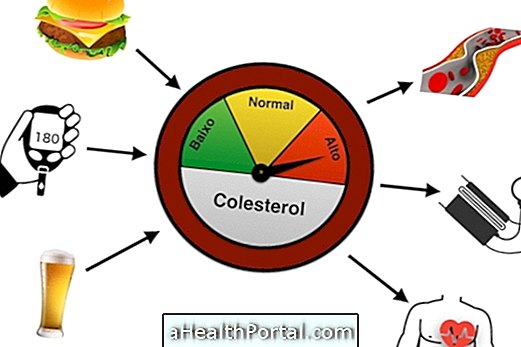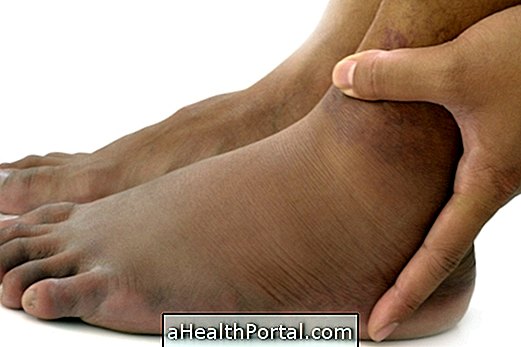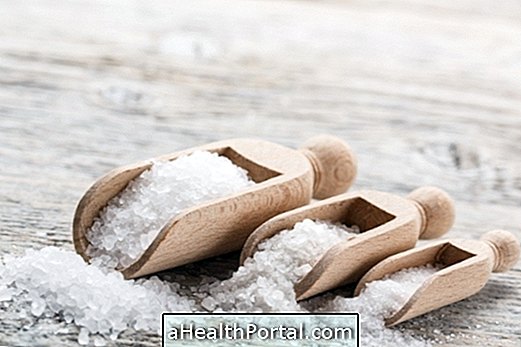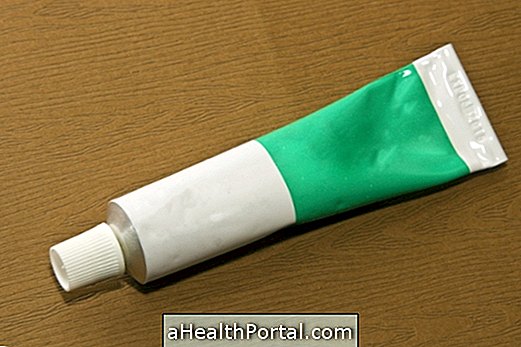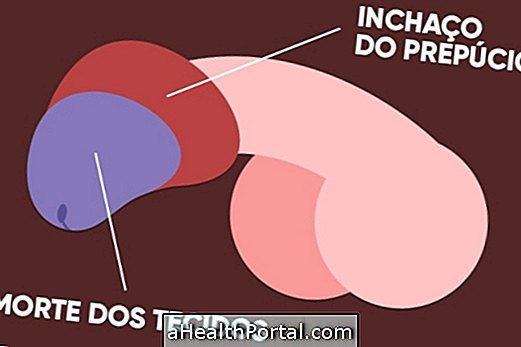Hypertension can be identified by measuring blood pressure, which can be done at the pharmacy or at home, with a digital device, or manually, with a sphygmomanometer and stethoscope. See step by step how to measure pressure at home at: How to measure pressure.
When the device shows a blood pressure equal to or greater than 140 x 90 mmHg may suggest that the individual is hypertensive. However, the diagnosis of hypertension should only be made by the cardiologist after an assessment of blood pressure and exams such as the ambulatory blood pressure monitoring or ABPM. For more information on this exam see: Ambulatory Blood Pressure Monitoring ).
Despite this, in most cases, hypertension as it causes no symptoms, is only detected in routine medical examinations.
What to do in case of hypertension
In case of hypertension, the individual should follow the clinical treatment indicated by the physician, which usually involves a diet low in salt, the intake of about 2 liters of water per day, regular physical exercise, weight control, daily intake of the medicine for high blood pressure that the doctor indicates and quit smoking, if applicable.
In cases in which the physician has already diagnosed hypertension in the individual, and when measuring the pressure, it is superior to 140 x 90 mmHg:
- If you do not have symptoms: it is recommended that the person remeasure the pressure and if he continues high, take the same medicine indicated by the doctor, and make a new appointment with the cardiologist to adjust the medication;
-
If you experience symptoms such as dizziness, blurred or blurred vision, and trouble breathing: repeat the medication your doctor has already prescribed and go to the hospital.
It is very important to keep the pressure under control, because hypertension increases the risk of serious diseases such as stroke, infarction or kidney failure, for example.
Learn how to properly measure pressure
